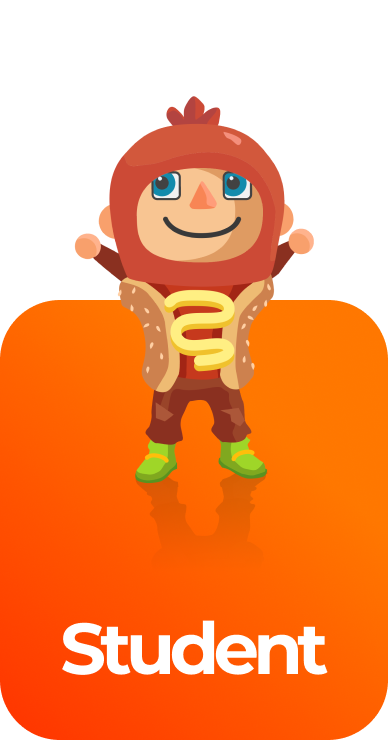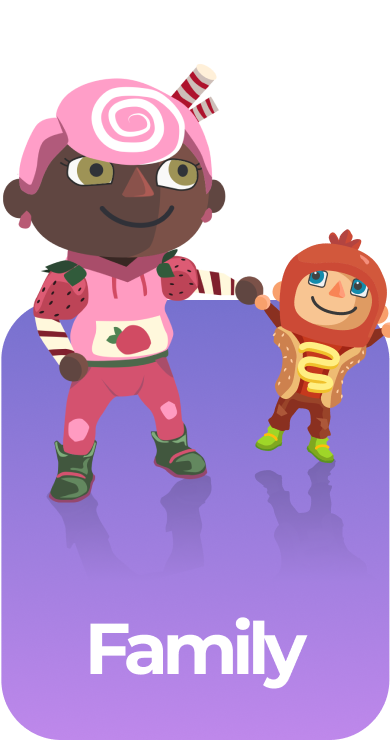Heat Transfer – Curriculum Games
5 gamesIn this series of games, your middle school students will learn about the transfer of thermal energy.
The Heat as Energy Transfer learning objective is based on NGSS and state standards.
Research demonstrates that curriculum games improve student engagement and academic performance in your classroom.
Scroll down for a preview of this learning objective’s games and key concepts.
Concepts Covered in Heat as Energy Transfer
- In science, heat isn’t a type of energy itself, but rather the transfer of thermal energy between objects or substances that have different temperatures. Think of thermal energy as the internal energy of a substance, stemming from the constant motion (vibration) of its atoms and molecules.
- Temperature and thermal energy are distinct. Temperature reflects the average kinetic energy of these particles, while thermal energy is the total energy due to this motion and the number of particles present.
- Heat always flows from hotter to colder things. When this happens, the particles in the warmer object slow down (losing kinetic energy), and the particles in the cooler object speed up (gaining kinetic energy). This transfer of energy can lead to changes in temperature or even changes in the state of matter (solid, liquid, gas) until both substances reach the same temperature.
- Here is an engaging preview of each game designed to enhance the learning objectives effectively.
Access all of the games on Legends of Learning for free, forever, with a teacher account.






